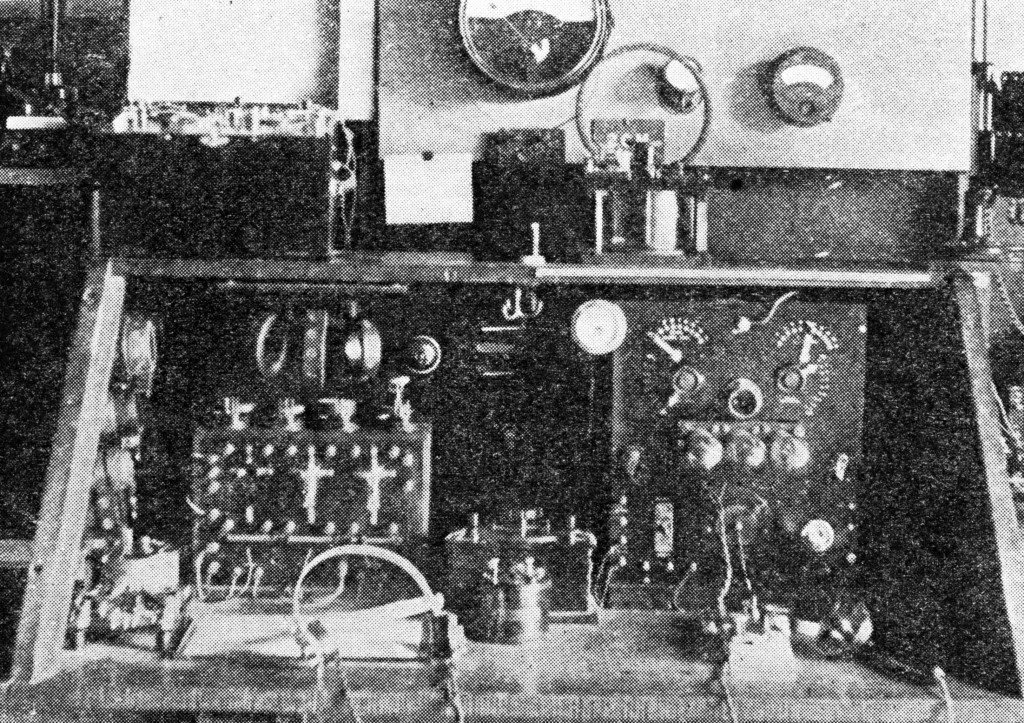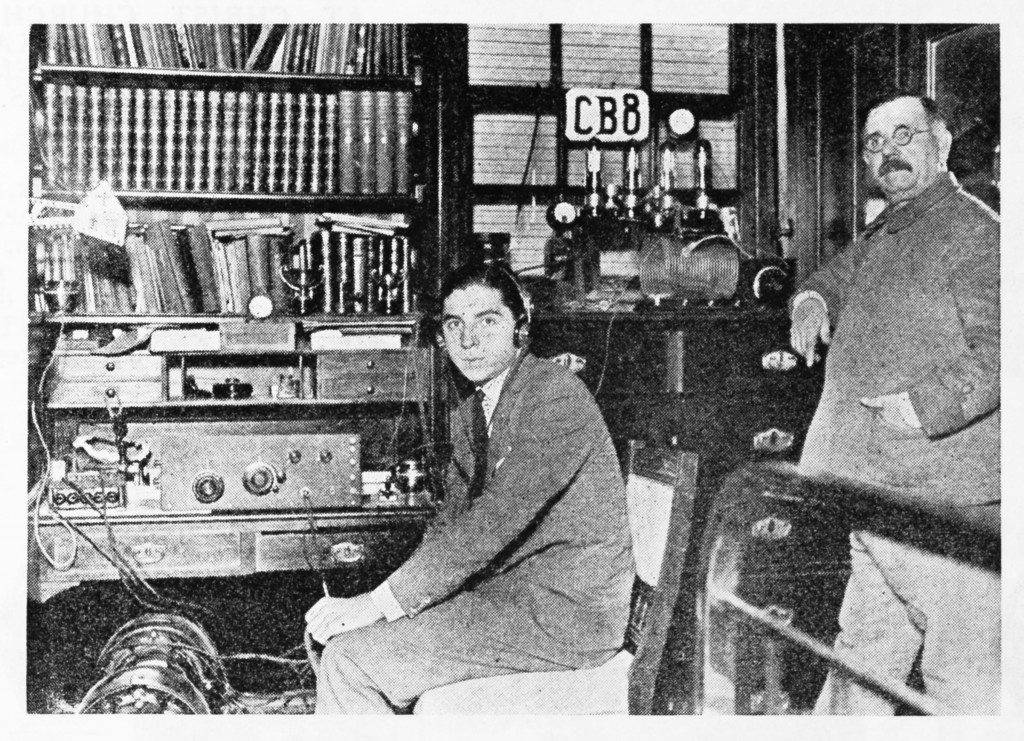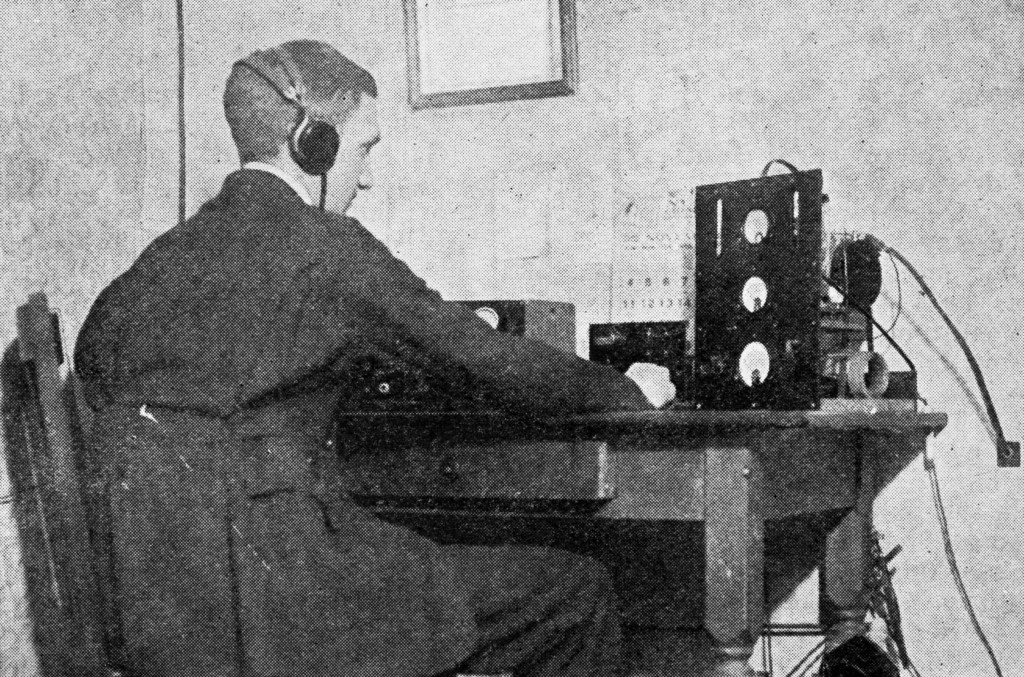
Charles York, 7HG
Around 1:00 a.m. on 26 November 1923, Charles York had been handling routine message traffic at his station 7HG in Tacoma, Washington, when he heard a pure CW station calling him on 200 meters signing JUPU.1 They made contact easily at first. The JUPU operator, an American, gave him a message for his mother in Cambridge, Illinois, and said he was located in Tokyo. But the contact was lost before York could get the street address in Cambridge, find out exactly who the JUPU operator was, or whether the station was aboard a ship or on land. Most of this would remain a mystery except that the station itself was later found to be government owned2 and was also heard by at least one other amateur.3 The contact itself was never confirmed though no one questioned that it had occurred.
York made the QSO running 100 watts to a six-wire inverted-L antenna with a fifty-foot top section and a forty-foot lead in wire. An accomplished DXer, he had previously worked both 6CEU in Hawaii and 1AC in Nova Scotia. This, however, was the first two-way QSO across the Pacific Ocean—about 4,650 miles. And it was done entirely without preparation, pre-arranged schedule or fanfare, and, as he put it, “where the mere existence of stations capable of doing the job was not suspected.”
Amateurs were rapidly coming to appreciate that there was something strange and unexpected about the shorter wavelengths. Clearly, it was time to press on downward, but their hands were somewhat tied by the lack of an allocation in this unused, unexplored territory.4 Operating there still required a special permit from the Department of Commerce.
Hams had been relegated to 200 meters or lower in 1912 because the short wavelengths were considered useless. Now, as amateurs were opening up this new frontier, they were being prevented from developing it. Getting an X license (as the special permits were called) to operate there was also becoming more difficult than in the old days. And yet, it was the amateurs who were making transatlantic contacts on 100 meters seem routine, and who were being heard on every continent. Who better than the amateurs could develop the shortwaves? The situation was frustrating.
Besides the vicinity of 100 meters, “Wouldn’t it be fascinating to have an amateur band from 40 to 50 meters or even from 4 to 5 meters, where we’d have to develop totally new methods and brand new apparatus to make them work?” pondered ARRL Secretary Warner. He blamed the “reservation” below 150 meters squarely on commercial interests—the broadcasters on 100 meters in particular. Most believed that when new regulation eventually arrived amateurs should rightly be given access to some of the shortwaves.
Meanwhile, intercontinental experiments continued.

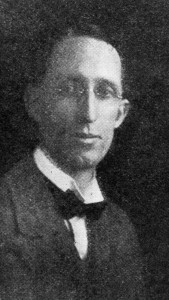
Charles Maclurcan, Australia 2CM
In early 1924 Charles D. Maclurcan’s station 2CM near Sydney, Australia, was copied at 4AA in New Zealand, 1,500 miles away. Amazingly, 2CM was transmitting with only four milliwatts of power. Maclurcan had been conducting tests specifically to probe the boundaries of low power operation by gradually decreasing his transmitter power in steps, each indicated by sending single-letter codes.5 His experiments and successes in being heard over long distances with low power on shortwave made him one of the most well known Australian amateurs, inspiring others to follow.
Long intrigued by hunting for and hearing American stations coming through down under, Maclurcan decided to take his experiments to the US, quite literally. Later that spring, he recruited another Australian amateur prominent in low power shortwave DX, 16-year-old Jack Davis, 2DS, to help take his station to sea. They intended to experience communicating with home using low-power shortwaves at ever greater distance as they crossed the Pacific Ocean from Sydney to San Francisco. Back in Australia, F. Basil Cooke, Vice President of the Australian Radio Relay League, was appointed to organize participation in these tests including the operation at 2CM, Maclurcan’s home station. 6
Signing 2CDM, a duplicate of the 2CM station was built and installed in a five-foot-square cabin lashed to the afterdeck of the R.M.S. Tahiti, the ship that would take them to the US and back again.7 On the way they planned to operate on 240, 200 and perhaps 160 meters from 10 March to 7 April between 2:00 and 4:30 a.m. Pacific Time.8 The two were anxious to see how far out they could still communicate with home, and at what point they would begin to work the US West Coast.
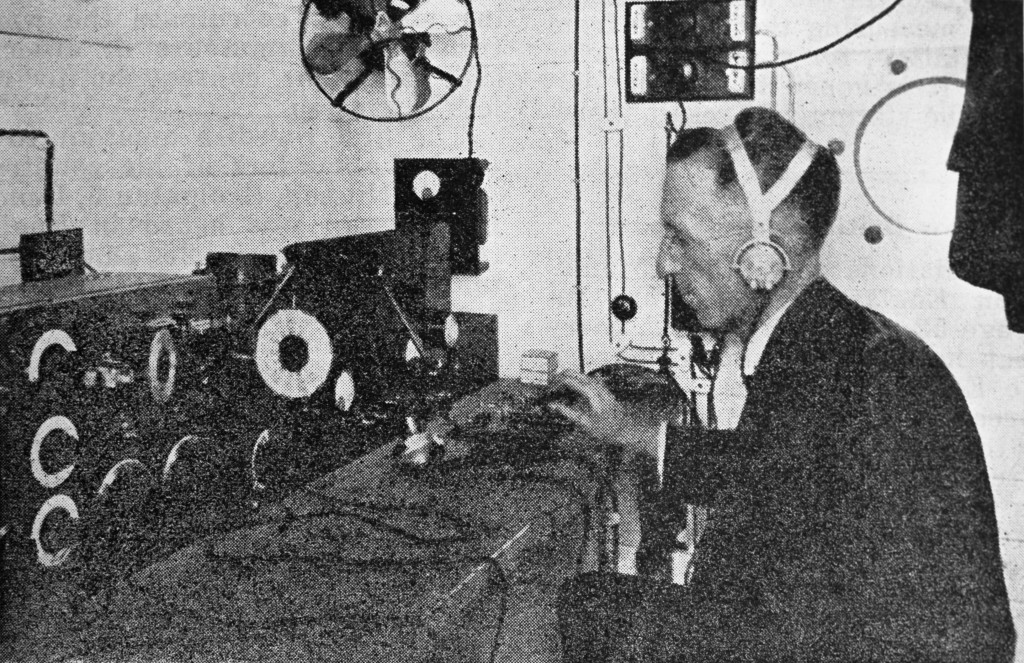
Maclurcan aboard R.M.S. Tahiti operating 2CDM
Before heading north, the Tahiti sailed for five days east to Wellington, New Zealand, where Maclurcan and Davis met local hams with whom they had often corresponded. The Australians also had to hunt for a high-voltage generator to replace theirs, which had burned out after only three days in operation. They had bad luck with their five-watt transmitting tubes, too. Having planned to use three of them, their primary tubes all died shortly after leaving home and one of the two spares was found to be a “dud.” That left them with only a single transmitting tube for the entire Pacific crossing.
Pressing on nevertheless, the two hams maintained good contact with amateurs in Australia and New Zealand out to 1,800 miles. Soon they established contact with 6AKW on the California coast with whom they continued to converse for the rest of the trip. And on broadcast wavelengths, KGO in Oakland and KHJ in Los Angeles brought music on board the Tahiti.
Although two-way communication with home gradually became impossible, they continued to copy signals from 2CM in Sydney nearly the entire distance until, at 5,380 miles out and nearing the US West Coast, the QRM from American signals finally drowned it out.
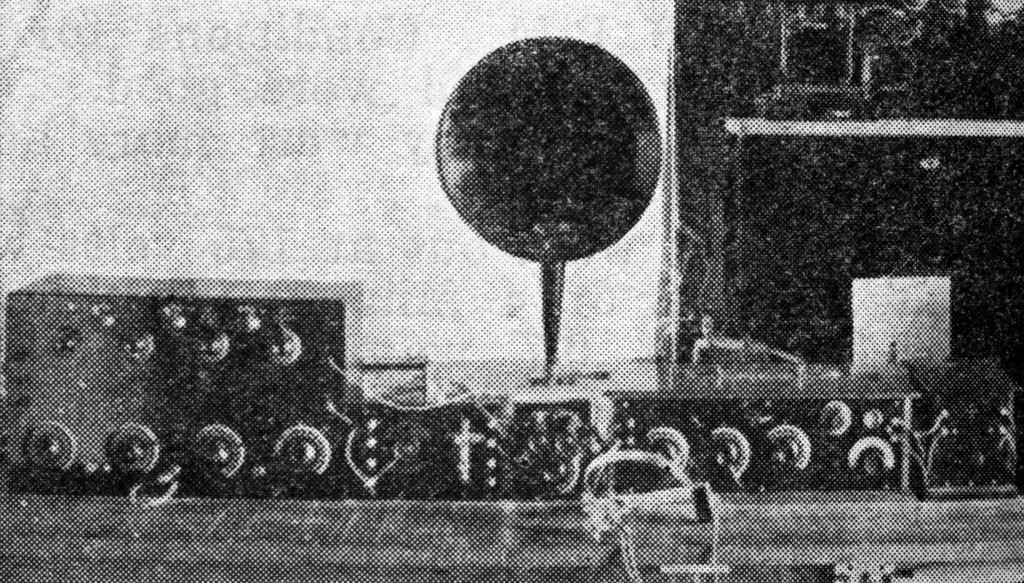
2CM, Sydney, Australia
Maclurcan was certain that if it were not for the QRM he’d have easily been able to copy 2CM all the way to San Francisco Bay.
A. H. Babcock, ARRL Director in Berkeley, hosted a hamfest at the Engineers’ Club attended by other prominent Bay Area amateurs. Here they exchanged ideas about operating techniques and radio technology, and told one another about amateur radio in their respective countries. Mclurcan and Davis remarked that “useless calling” and not enough listening were the greatest hindrances to effective communication, echoing similar complaints in North America.

Later in 1924, a set of Pan-American tests was arranged, somewhat less formally than the other tests, by ARRL and Revista Telegráfica, a radio- and communications-oriented magazine based in Argentina.9 There was burgeoning interest in radio across the continent, providing a wide readership. South American amateurs often used shortwave phone transmissions from KDKA and WGY to fine-tune their receivers.10
During the tests, South and North American stations would alternate transmitting before and after midnight Eastern Time, respectively, each night for eleven nights in late May. There was no appeal for absolute quiet as there had been in the transatlantic tests, and transmitting stations were instructed to make up their own eight- to ten-letter code words to send, changing them each night.
As the test ran, another new but unrelated international record was set. Station CB8 in Buenos Aires worked 2AC at Gisborne, New Zealand, on 22 May without a prearranged schedule, completing the first two-way contact between the two continents.11 Carlos Braggio, the CB8 operator, had been participating in the Pan-American tests that night when, at 4:00 a.m., he heard 2AC calling him. They remained in QSO for over two hours. The 6,400-mile contact beat the previous record of 4,600 miles set by 6CEU in Hawaii and WNP, the MacMillan polar expedition, just before the previous year’s transatlantic tests.
CB8 was the only station reported heard in North America as of June, and was also heard in Europe.12 Its first QSO in the test, the first between the two continents, was with 3BWJ in Collingswood, New Jersey. In all, nine US stations worked CB8, including John Reinartz at 1XAM who also succeeded in sending a message that was received by several amateurs in Argentina, Brazil, and Chile.

Dr. Albert Hoyt Taylor, Superintendent, Radio Division, U. S. Naval Research Laboratory, had been active in the ARRL since its beginning. Before the war he wrote several QST articles about QSS (signal fading) phenomena while a professor at the University of North Dakota, where he also operated stations 9YN and 8XN. Now in his position with the Navy, Taylor acknowledged the pioneering work of amateurs in exploring the shortwaves.13 Furthermore, he wrote, “Most of us in this Laboratory have been amateurs in the past and, since that condition appears to be never fully eradicated by subsequent experience, we feel at heart that we are still amateurs in many respects.”
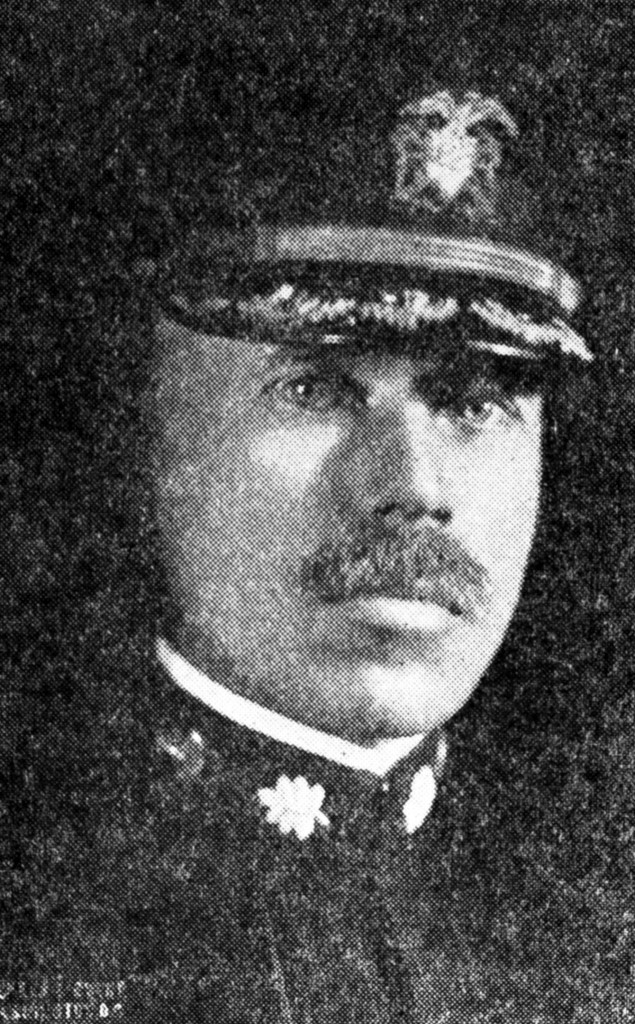
A. Hoyt Taylor in Navy uniform
Taylor’s new laboratory at Bellevue, in Washington, D.C., commissioned the previous July, had only recently begun operating. Now “in the air” in spring 1924 with call sign NKF, the new lab’s priority was shortwave testing in cooperation with amateurs, often working them day and night. In his article, Taylor called for expansion of that cooperative effort, offering frequency measuring ability and a free exchange of information and techniques.
The Navy’s interest in shortwaves was not exactly new; battleships had been equipped with 150-meter capability since 1917. And they had experimented with waves as short as 5 meters, where they observed that “the production of standing waves and the influence of reflections, obstacles, etc. is very marked.” The lab’s work now concentrated on designing transmitters capable of very precise frequency control and stability and producing signals free of harmonic content, mainly to allow their use with other transmitters in close proximity, such as existed aboard ships. This put their work at the pinnacle of the radio art in 1924.
NKF transmitted ACCW—CW produced with AC on the plates of the oscillator tubes, similar to how Leon Deloy had operated from French 8AB during the transatlantic tests and first QSOs. One advancement the Navy lab had made was rectifying the full wave of the AC supply within the master oscillator itself, permitting oscillations to continue “even during the period when the alternating current supply was passing through zero.” For Taylor, producing a stable frequency “free of lilt and warble” was of the utmost importance—more important than increased power since a signal that wandered around became increasingly difficult for a receiving operator to copy, no matter how strong it might be. It was this lack of frequency control that had spawned the long CQs that everyone complained about, just as in the early spark days. “C.W. communication on short waves can only be considered a success when you can get your man with a short, brief call,” wrote Taylor.
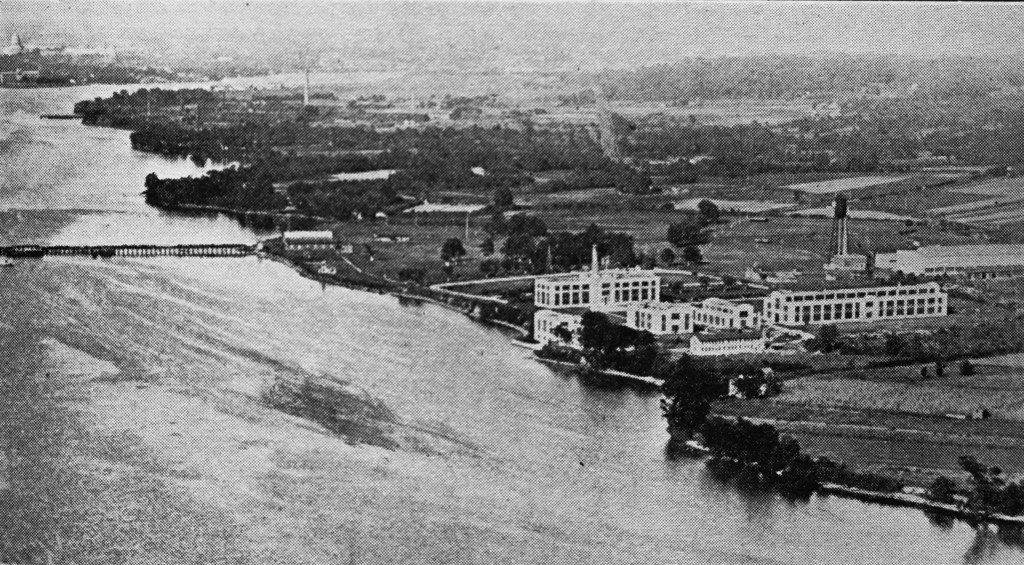
Naval Research Laboratory, Washington, D.C., ca. 1924
His lab had recently constructed a transmitter that could operate down at 80 meters with frequency control as steady as that of a long-wavelength signal. For a receiver, they favored a super-heterodyne design tailored specially for CW, with a very stable oscillator that was carefully isolated from all other circuits. Another source of instability, one that also caused harmonics, was overdriving the tubes (what he called “undue forcing”) for getting higher power. A large number of amateurs operating near 1,500 kHz were being copied at NKF on their first harmonic at 3,000 kHz, often more strongly than on the fundamental frequency.
Several forms of interference also hindered the use of short waves, emanating from faulty electric power lines and equipment, and from government and commercial high-power stations. Taylor acknowledged that the Navy arc transmitters were a particular problem. These were high-power devices used to produce CW signals using a continuous arc as a negative-resistance element to form a tuned oscillator circuit. They had been in use since before the war but became largely obsolete after the development of vacuum tubes.14 But since these installations were so expensive, it would be a while before they would be replaced. Nevertheless the Navy was committed to “curing the evils of the high-power shore station” according to Taylor, and was working on “purifying” their transmissions to some degree until funds could be appropriated to replace them with tube transmitters. Aside from transmitted signals, poorly designed broadcast receivers were also to blame. Echoing the amateur’s common complaint, he agreed that “the average broadcast listener usually expects to get Rolls-Royce performance out of a flivver set.”
Taylor was most impressed by the strength of signals at 100 meters (3,000 kHz), where “’the intensity of signals … is so great that I am forced to conclude that these waves do not follow at all the ordinary laws of transmission.” And there was also a strange variation in strength with distance, with some wavelengths carrying better by day and others by night. Relating an understanding just then gaining acceptance, he concluded “this would indicate that there is so complete a reflection of these waves at some upper and probably ionized layer of atmosphere, that they travel not as an ordinary radio wave, but more as a wave confined between two parallel planes.”
While the Navy was already cooperating in tests with amateurs, Taylor worried that many hams could not tune down to the shortwaves, and that others, when hearing NKF call them, suspected they had done something wrong and would not answer. Historically, the amateurs’ relationship with the Navy had not been an entirely smooth one. “I hasten to assure everyone that our purpose in these tests is solely to obtain information which no one can give us so well as the amateurs themselves,” he wrote encouragingly, and asked hams to log their transmissions and contacts so both sides could learn about the nature of the new spectrum.
Clearly a visionary, Taylor appealed to his fellow hams, writing “I will be glad to do anything I can to stimulate the interest of amateurs in the reception of these very short waves. No one can tell now where the limit will be. There are so many frequencies available that an almost infinite number of possible channels of communication are to be had in the region of which I speak, so that there should be room enough for everybody, with certain moderate restrictions as to suitable bands wherein different interests could operate.” His vision would become reality sooner than he might have imagined.

de W2PA
- “Direct Contact with Japan,” QST, February 1924, 14. ↩
- Untitled note, QST, May 1925, 40. ↩
- “Who is JUPU?,” International Amateur Radio, QST, April 1924, 45. ↩
- “The Short Waves,” Editorial, QST, March 1924, 7. ↩
- F. B. Cooke, “An Amazing World’s Record,” QST, February 1924, 18. ↩
- F. Basil Cooke, “Australian Amateur Radio Puts to Sea,” QST, February 1924, 30. ↩
- H. F. Mason, “The Eastward Voyage of the Tahiti,” QST, May 1924, 21. ↩
- International Amateur Radio, QST, April 1924, 45 ↩
- F. H. Schnell, “The Pan-American Tests,” QST, May 1924, 27. ↩
- Kenneth B. Warner, “Pan American Tests Succeed,” QST, July 1924, 28. ↩
- H. F. Mason, “South America Does It!,” QST, July 1924, 10. ↩
- Kenneth B. Warner, “Pan American Tests Succeed,” QST, July 1924, 28. ↩
- A. H. Taylor, “The Navy’s Work on Short Waves,” QST, May 1924, 9. ↩
- See, for example, Frederic Terman, “Radio Engineering,” Second Edition, McGraw-Hill, New York, 1937, 7. ↩

